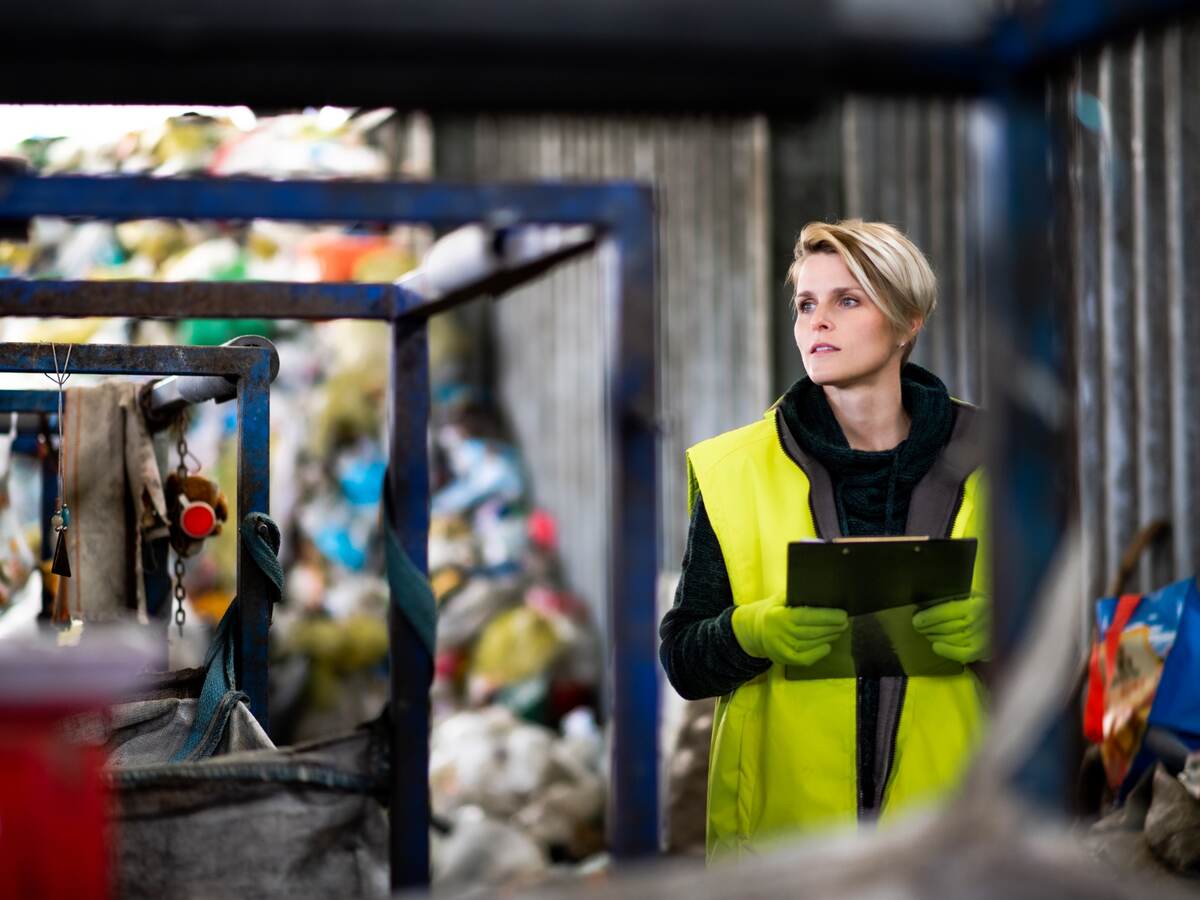
Pursuing Zero Waste to Landfill for Manufacturing
The Zero Waste to Landfill (ZWTL) validation program helps organizations demonstrate the reduced amount of waste they contribute to the environment and communicate their achievements with confidence.

According to the Environmental Protection Agency (EPA), in 2018, the U.S. has a 32.1% recycling and composting rate. Improving this diversion rate is an achievable goal. To receive Zero Waste to Landfill (ZWTL) validation, your organization has to calculate its waste diversion rate.
The Zero Waste to Landfill (ZWTL) validation program by UL Solutions focuses on helping organizations demonstrate the reduced amount of waste they contribute to the environment and communicate their achievements with confidence. UL 2799, the Environmental Claim Validation Procedure (ECVP) for Zero Waste to Landfill, is the underlying Standard for the ZWTL program that uses quantitative analysis of discarded material flows, combined with supply chain verification, to determine how discarded materials are managed and how much is diverted from the landfill. Your diversion rate is the amount of waste your organization produces that does not end up in a landfill.
The more waste that ends up in a landfill, the more harm that’s done to our environment. Waste reduction is more important than simply recycling or reusing and incinerating for energy.
The UL Zero Waste to Landfill validation program provides the outline and requirements in order to measure, manage and validate waste diversion claims.
Source
U.S. Environmental Protection Agency, 2019 “National Overview: Facts and Figures on Materials, Wastes, and Recycling”.

Pursuing Zero Waste to Landfill for Manufacturing
Thanks for your interest in our products and services. Let's collect some information so we can connect you with the right person.